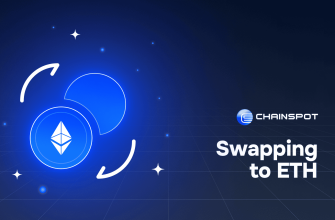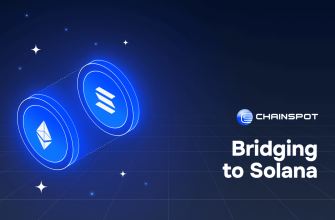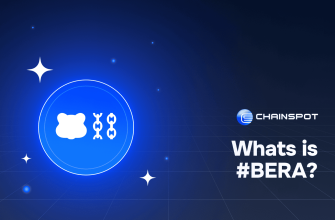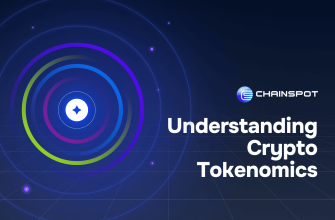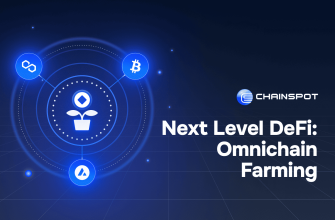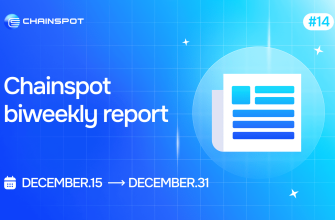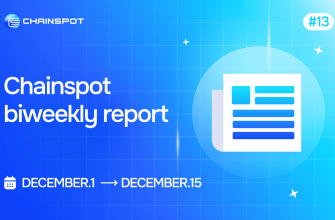The Astar Network, a cornerstone of the Polkadot network’s infrastructure, has made significant strides in bridging to the Ethereum blockchain with the debut of its zkEVM Layer 2 validium rollup on the mainnet.
On March 6th, Astar unveiled its zkEVM, utilizing the Chain Development Kit (CDK) provided by Polygon. This kit, a comprehensive and modular toolkit, is designed for the creation of Layer 2 solutions employing zero-knowledge (ZK) proofs for enhanced privacy and efficiency.
Remarkably, Astar’s zkEVM stands as the inaugural third-party framework to seamlessly integrate with Polygon’s AggLayer, a novel cross-chain interoperability protocol. This protocol enables direct asset swaps between Ethereum’s primary network and its Layer 2 solutions, with Polygon’s zkEVM rollup also benefiting from this integration.
The implementation of AggLayer by Astar paves the way for unprecedented interoperability among the ecosystems of Polygon, Ethereum, and Astar. “This begins unifying state and liquidity and starts cross-chain interoperability between three major ecosystems: Polygon, Ethereum, and Astar Network,” announced Astar.
Sandeep Nailwal, co-founder of Polygon, expressed enthusiasm about this development, stating, “It’s an early picture of the model for unified liquidity, composability, and sovereignty.”
Extremely excited to see that @AstarNetwork is connecting to the unified bridge of the AggLayer with a newly launched ZK-powered L2 using Polygon CDK!
The chain is called Astar zkEVM and it joins @0xPolygon zkEVM on the unified bridge as the first ever ecosystem chain to connect… pic.twitter.com/sjJ0S5GiYL
— Sandeep AggLayer. polygon 💜 (@sandeepnailwal) March 6, 2024
Astar Network, operating as a Layer 1 parachain within the Polkadot system, currently manages assets exceeding $700 million in value. Its native token, ASTR, leads as the most valuable parachain token, boasting a market cap of $864.5 million as per CoinGecko’s latest figures.
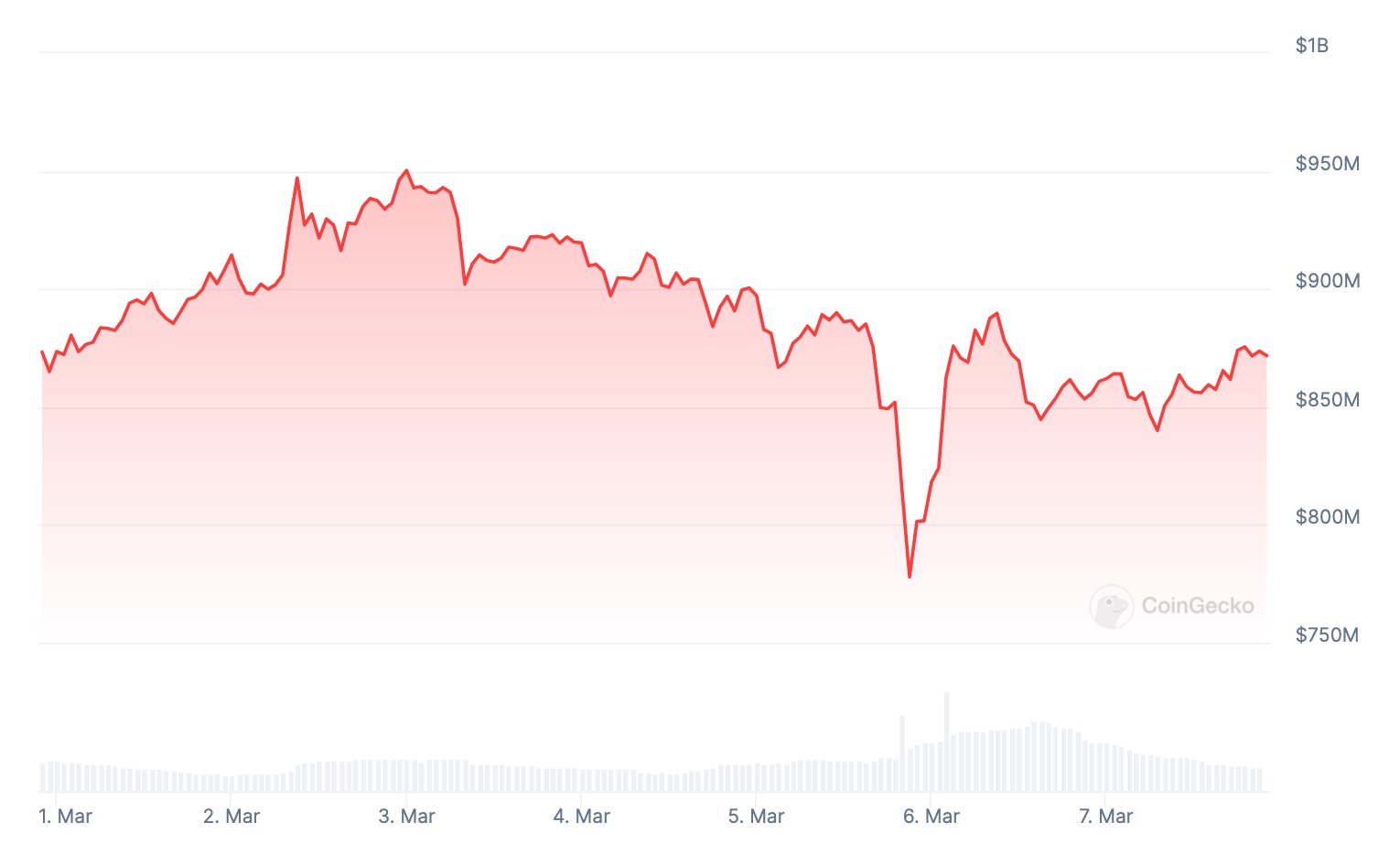
The ASTR token recently traded at $0.154, reflecting a 24-hour decrease of 1.5% but showing a notable 280% uptick since mid-October.
Polygon AggLayer’s Role in Expanding Astar’s Reach
The initiation of zkEVM by Astar signifies its foray from the Polkadot realm into the Ethereum ecosystem, facilitated through the adoption of Polygon’s AggLayer.
Polygon introduced AggLayer in early February, outlining the protocol as a solution to the centralization concerns commonly associated with traditional blockchain bridges. Additionally, AggLayer mitigates the hurdles and delays in asset transfers across Ethereum’s network ecosystem, circumventing the need for bridges that typically necessitate transfers to and from Ethereum’s mainnet for asset movement between Layer 2s.
Polygon explained,
“Each chain will have a local copy of the unified bridge root, enabling cross-chain transactions that don’t require withdrawing to Ethereum or the security risks of third-party bridges. Not only can users transfer assets between chains (bridge), but they can also trigger contracts on a different chain after the asset has arrived (call)… within a single transaction.”
For instance, users of Astar zkEVM can engage with smart contracts on Polygon zkEVM through AggLayer, facilitating transactions on decentralized exchanges or NFT marketplaces seamlessly. “From the end user’s perspective, this will feel like using a single chain,” noted Polygon.
Highlighting the advantages for developers, Polygon underscored the convenience for users in interacting with decentralized applications (dApps) without the need to be aware of accessing a different blockchain.
Although initial usage of AggLayer may introduce some latency in transactions, Polygon has prioritized the development and forthcoming release of AggLayer’s second iteration, aimed at enhancing the speed and efficiency of transaction finality by 2025.






